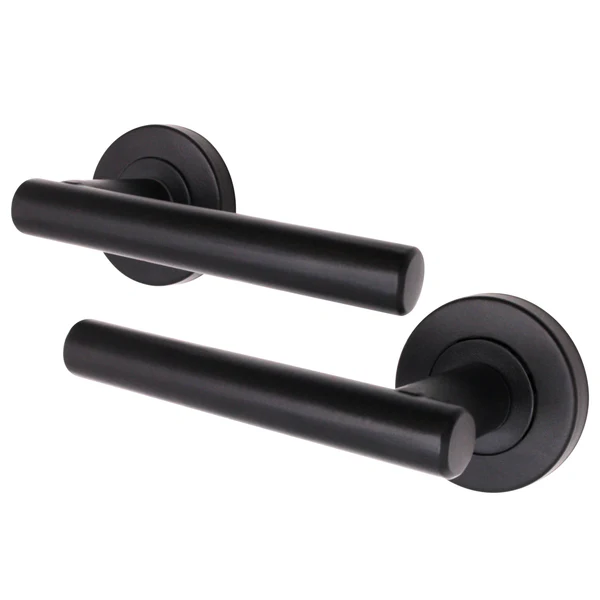Size Matters: Why One-Size-Fits-All Pallets Don’t Always Work
Everyone knows how frustrating it is when something labeled “one size fits all” doesn’t actually fit properly. The same problem happens in the shipping world with pallets. Those wooden platforms that move products through warehouses and onto trucks might look straightforward, but using the wrong size can create expensive headaches for businesses.
Most companies don’t pay much attention to pallets until problems start popping up. When a pallet doesn’t match the load it’s carrying, the results can be costly and dangerous. Understanding why standard pallets sometimes fail helps explain why many businesses are moving toward custom solutions.
When Standard Sizes Create Problems
Standard pallets come in several common dimensions, with the most popular size in Australia measuring about 1165mm by 1165mm. This works well for many products, but definitely not all of them. Picture trying to transport a long piece of furniture on a square pallet – parts will hang over the edges and risk damage during shipping.
Furniture businesses often struggle with this exact issue. Standard pallets are too small for longer pieces like dining tables or couches, leaving sections exposed and vulnerable to bumps and scrapes during transport. This leads to damaged inventory and frustrated customers who receive broken goods.
The problem gets worse when stacking products. If items don’t match the pallet dimensions properly, loads become unstable and can shift or tip over. This creates safety risks for warehouse workers and increases the chance of expensive product damage.
Getting the Right Fit
The solution often involves working with suppliers who understand these challenges and can create pallets that match specific needs. Companies dealing with unusual product sizes or weights should consider Custom Pallets in Melbourne to ensure their shipping materials actually support their business goals instead of creating obstacles.
Custom sizing doesn’t always mean starting from scratch. Sometimes, small modifications to standard designs can solve the problem without dramatically increasing costs. Adding a few extra centimeters in length or reinforcing certain areas might be enough to prevent damage and improve efficiency.
Businesses should think about their most common products and shipping challenges when evaluating pallet options. Products that consistently hang over edges, create unstable loads, or waste space during transport are good candidates for custom solutions.
Wasting Money on Empty Space
Using the wrong pallet size often means paying to ship air instead of the products. Standard pallets might seem more efficient since everything matches, but this isn’t always the case when loads don’t fill the available space properly.
Small electronics or compact products might only need half the space of a standard pallet, yet companies still pay shipping costs based on the full pallet size. On the other hand, products that are slightly larger than standard dimensions might require two pallets when one properly-sized custom option could handle the entire load.
Warehouses face similar space challenges. Products that don’t match standard pallet sizes create awkward gaps on storage racks or require extra pallets to accommodate overflow. This reduces storage capacity and increases handling costs since workers need to manage more individual units.
Weight Distribution Matters Too
Standard pallets are built to handle average-weight loads distributed evenly across the surface. However, many products don’t spread their weight that way. Heavy machinery parts might concentrate most of their weight in one corner, while lightweight but bulky items might need a larger surface area for stability.
When weight gets concentrated in small areas, standard pallets can crack or break under pressure. This happens because the wood and support structure weren’t designed for that specific load pattern. Custom pallets can be reinforced in the right places to handle unusual weight distribution safely.
Uneven weight also makes pallets harder to move with forklifts. If most of the weight sits on one side, the load becomes unbalanced and difficult to control. This slows down warehouse operations and increases the risk of accidents.
The Hidden Costs of Wrong Sizes
Using poorly-fitted pallets creates costs that aren’t always obvious at first. Damaged products mean refunds, replacements, and unhappy customers. Inefficient space usage increases shipping expenses and storage costs. Safety issues can lead to worker injuries and insurance claims.
Warehouse efficiency suffers when workers need extra time to secure unstable loads or manage awkward-sized pallets. This reduces productivity and increases labor costs over time. Poorly designed loads also take longer to load and unload, creating bottlenecks in the shipping process.
Customer satisfaction drops when products arrive damaged due to inadequate pallet support. This can harm business relationships and make it harder to attract new customers through referrals and positive reviews.
Making Smart Pallet Decisions
The key is matching pallet design to actual business needs rather than assuming standard sizes will work for everything. Companies should evaluate their products, shipping volumes, and storage requirements before settling on a pallet strategy.
Working with experienced suppliers helps identify potential problems before they become expensive mistakes. Good pallet partners can suggest modifications or custom features that address specific challenges while keeping costs reasonable.
Regular review of pallet performance also helps catch issues early. If damage rates increase or warehouse complaints grow, it might be time to reconsider whether current pallets are still the right choice for the business.
Smart pallet selection protects products, reduces costs, and makes operations run more smoothly. Taking time to get the sizing right upfront prevents headaches and expenses down the road.











